Introduction
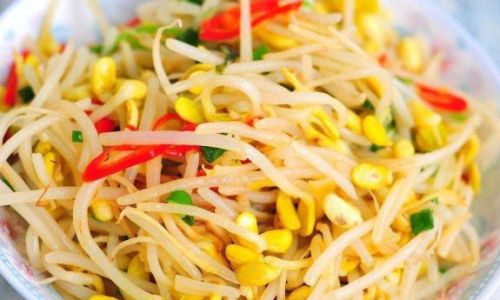
Sprouts, those tiny, nutrient-dense wonders derived from soaking, germinating, and nurturing seeds, have become a staple in health-conscious diets worldwide. From the crispiness of alfalfa sprouts in salads to the earthy flavor of mung bean sprouts in stir-fries, these versatile ingredients offer a burst of freshness and vitality to any dish. But how do you transform these simple seeds into a culinary delight that tantalizes the taste buds? This comprehensive guide will walk you through the process of making delicious sprouts, from selecting the right seeds to incorporating them into mouthwatering recipes.
Chapter 1: Choosing the Right Seeds
The first step in crafting delicious sprouts is selecting high-quality seeds. Different types of seeds yield varying flavors, textures, and nutritional profiles. Here are some popular choices and their unique attributes:
-
Mung Beans: These small, green seeds are the go-to for classic Asian stir-fries. They produce tender, white sprouts with a slightly sweet and nutty flavor.
-
Alfalfa: Known for their delicate texture and nutty taste, alfalfa sprouts are a favorite in salads and sandwiches. They are also rich in vitamins and minerals.
-
Lentils: Lentil sprouts have a nutty, slightly sweet flavor and a firm texture, making them perfect for salads, wraps, and grain bowls.
-
Chickpeas: Also known as garbanzo beans, chickpea sprouts are hearty and slightly sweet, adding a delightful crunch to salads and grain dishes.
-
Radish: Radish sprouts offer a peppery kick, adding a lively zest to sandwiches, salads, and even soups.
When choosing seeds, look for those that are fresh, organic, and free from pesticides and chemicals. Avoid seeds that are discolored, cracked, or have an unusual odor, as these may indicate poor quality or contamination.
Chapter 2: Preparing the Seeds for Sprouting
Before you begin the sprouting process, it’s crucial to prepare the seeds properly. This involves rinsing, soaking, and sometimes even sprouting them in specific conditions to ensure optimal growth and flavor.

-
Rinsing: Start by rinsing the seeds under cold, running water to remove any dust, debris, or impurities. This step is vital for preventing mold and ensuring clean sprouts.
-
Soaking: Place the rinsed seeds in a clean, glass jar or sprouting container. Fill the jar with enough water to fully submerge the seeds, then let them soak for 6-12 hours. Soaking softens the seed coat, making it easier for the sprout to emerge.
-
Draining: After soaking, drain the water from the jar completely. Use a sprouting lid or cheesecloth to cover the jar, allowing for airflow while preventing contaminants from entering.
-
Sprouting Environment: Place the jar in a dark, warm place (ideally between 68-77°F or 20-25°C). Consistency is key; avoid moving the jar frequently, as this can disrupt the sprouting process.
Chapter 3: The Sprouting Process
The sprouting process varies depending on the type of seed, but here’s a general outline:
-
Day 1-2: Rinse and drain the seeds twice a day. Each rinse provides the necessary moisture for growth while removing any built-up moisture that could lead to mold.
-
Day 3-4: By now, you should see small tails emerging from the seeds. Continue rinsing and draining twice daily.
-
Day 5-7: Depending on the seed type, your sprouts should be ready for harvest. They will have developed a noticeable length and a fresh, green hue (in the case of some seeds like mung beans and lentils).
-
Harvesting: Once the sprouts have reached your desired length and texture, rinse them thoroughly one final time. Pat them dry gently with a clean cloth or paper towel to remove excess moisture.
Chapter 4: Storing Sprouts
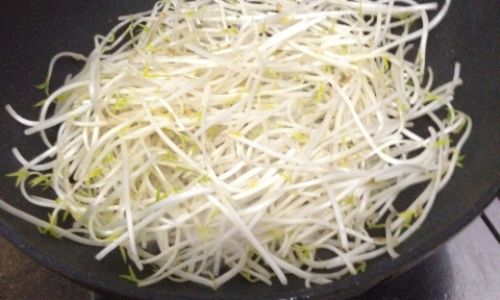
Proper storage is crucial to maintaining the freshness and flavor of your sprouts. Here are some tips:
-
Refrigeration: Store sprouts in an airtight container in the refrigerator. This slows down the spoilage process and preserves their crispiness.
-
Consumption Window: Aim to eat sprouts within 3-5 days of harvesting for optimal freshness and flavor.
-
Avoiding Moisture Build-Up: Make sure the container is not overly sealed, as this can cause condensation, which can lead to mold. A loose-fitting lid or a paper towel placed between the sprouts and the lid can help absorb excess moisture.
Chapter 5: Incorporating Sprouts into Delicious Recipes
Now that you’ve mastered the art of sprouting, it’s time to incorporate these nutritious gems into delicious recipes. Here are some inspiring ideas:
-
Salads: Add a handful of alfalfa or radish sprouts to your favorite salad for a fresh, crunchy texture and a burst of flavor. Combine them with mixed greens, cherry tomatoes, cucumbers, and a light vinaigrette.
-
Stir-Fries: Mung bean sprouts are a staple in Asian stir-fries. Toss them with sliced bell peppers, broccoli florets, tofu, and a tangy soy-based sauce for a satisfying, nutritious meal.
-
Sandwiches and Wraps: Use sprouts as a filling in wraps or sandwiches. Try combining them with avocado, hummus, shredded carrots, and spinach for a vegetarian delight.
-
Soba Noodles with Sprouts: Cook soba noodles and toss them with a mixture of mung bean sprouts, edamame, shredded carrots, and a sesame-ginger dressing. Garnish with chopped scallions and sesame seeds for an elegant, flavorful dish.
-
Sprouted Grain Bowls: Create a nutritious grain bowl by topping cooked quinoa or farro with a variety of sprouts, roasted vegetables, chickpeas, and a tahini dressing. This dish is both visually appealing and packed with nutrients.
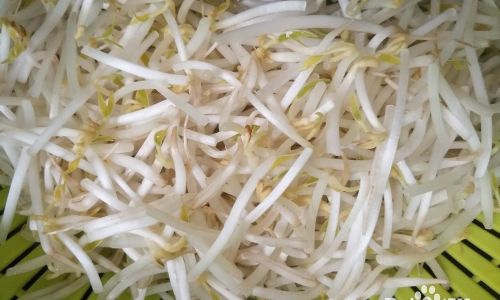
-
Sprout-Based Salads: For a unique twist, create a sprout-based salad using a variety of sprouts (like lentils, chickpeas, and radish) mixed with chopped herbs, feta cheese, and a lemon-olive oil dressing.
-
Soup Garnishes: Add a handful of sprouts to hot soups just before serving to preserve their crispiness and fresh flavor. They add a lovely contrast to creamy soups or hearty stews.
Chapter 6: Experimenting and Customizing
The beauty of sprouts lies in their versatility. Don’t be afraid to experiment with different seed types, flavors, and cooking methods. Here are some tips for customizing your sprout dishes:
-
Herb and Spice Infusions: Infuse your sprouts with herbs and spices during soaking or rinsing. For example, soak mung beans in a mixture of water and a few drops of sesame oil for an Asian-inspired flavor.
-
Roasting Sprouts: While most sprouts are enjoyed raw, roasting them can create a delightful crunch and caramelized flavor. Toss sprouts like chickpeas or lentils with olive oil, salt, and your favorite spices, then roast at a low temperature until crispy.
-
Fermenting Sprouts: For an added layer of flavor and probiotics, try fermenting your sprouts. This process involves submerging them in a brine solution and allowing them to ferment for a few days. The result is a tangy, pickled sprout that adds depth to salads and sandwiches.
Conclusion
Making delicious sprouts is not just about following a recipe; it’s about understanding the science behind sprouting, appreciating the unique flavors of different seeds, and experimenting with creative cooking techniques. By following the steps outlined in this guide, you’ll be able to transform simple seeds into a culinary masterpiece that delights your taste buds and nourishes your body. So, why wait? Grab a jar, select your favorite seeds, and start sprouting your way to delicious, healthy meals today!



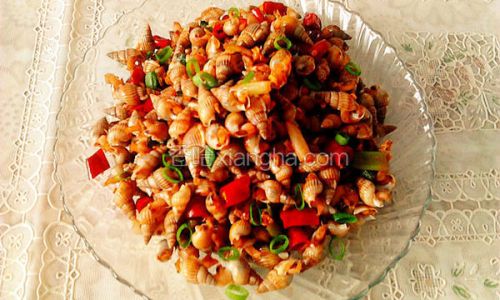
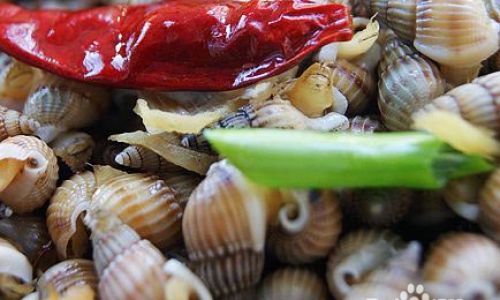
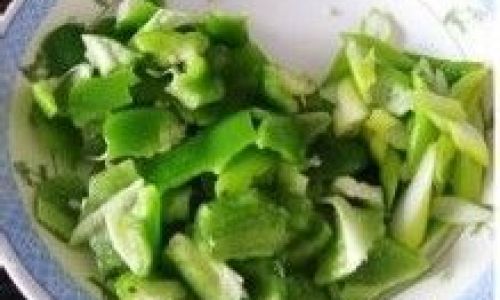
0 comments